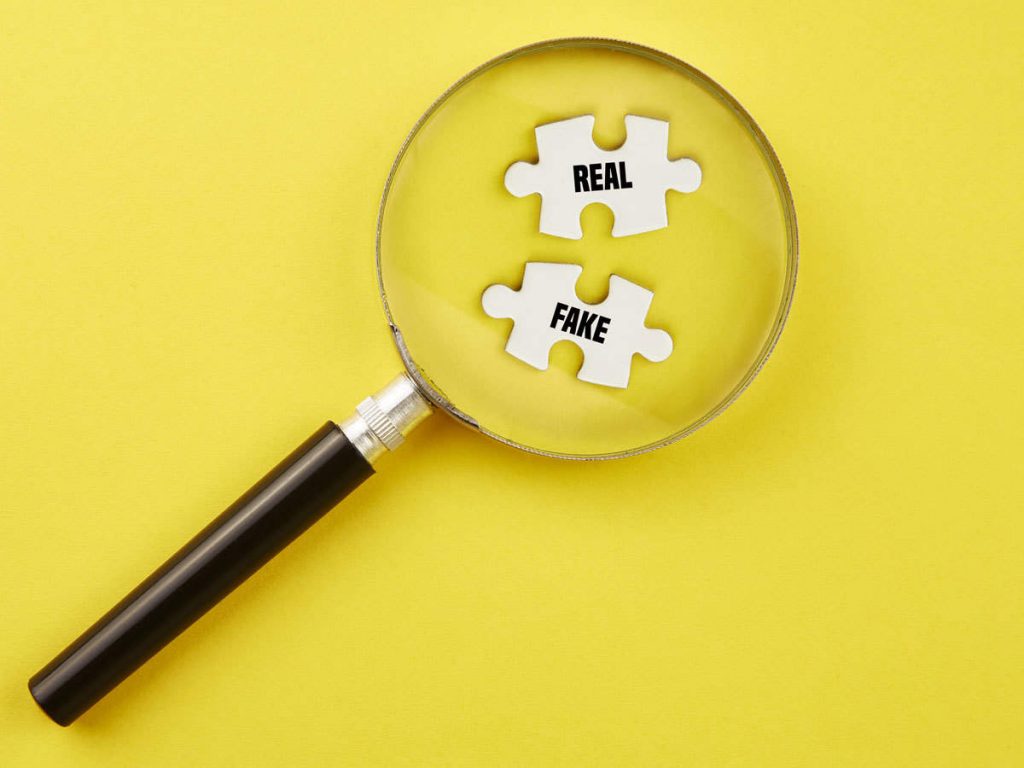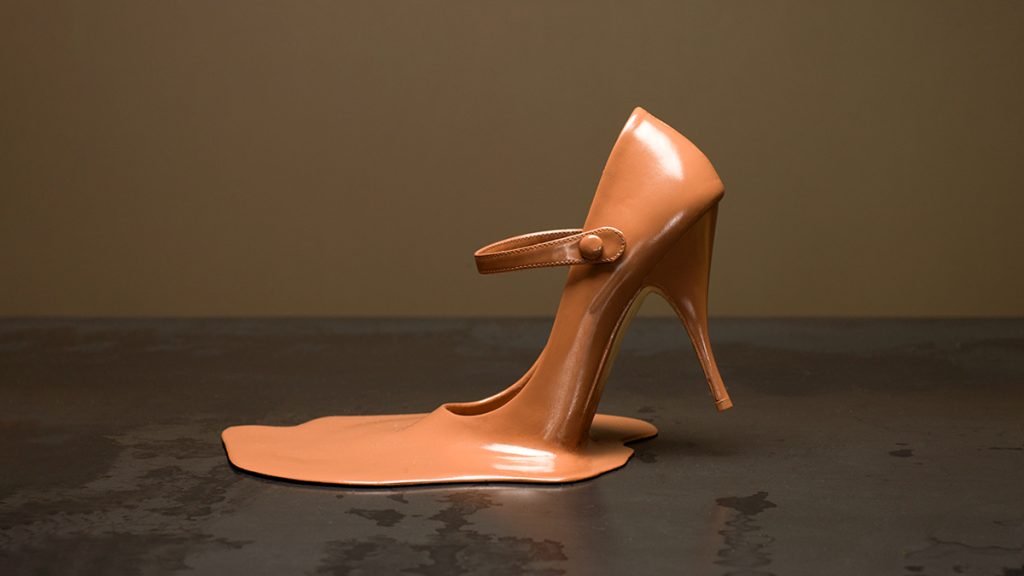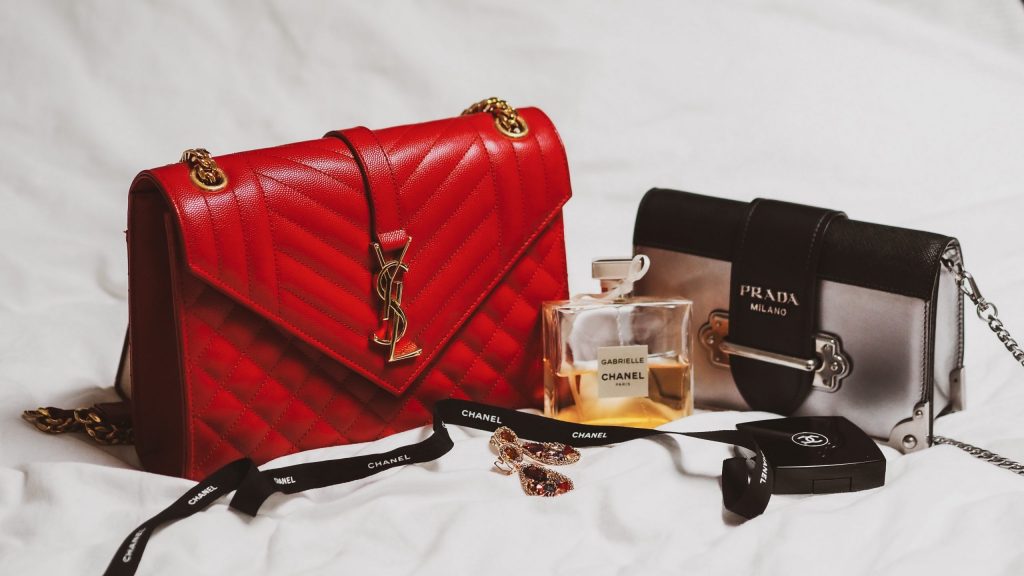
With the proliferation of fake luxury goods, Purchase Channels like high-end brands should accentuate craftsmanship and service while utilizing innovation to battle this costly and far-reaching issue.
As per Fashionbi’s “The Problem of Counterfeit Fashion” report, innovation is a two-sided sword that helps battle false while adding to an ascent in duplicating. The report contends that featuring craftsmanship and growing after-sales services will also help luxury brands decrease counterfeiting.
Reasons for the Proliferation of Fakes
The growth of the second-hand market has likewise prompted an ascent in the sale of false luxury products. For the average shopper who fantasizes about possessing a luxury thing yet can’t exactly bear the cost of it, second-hand marketplaces have turned into a go-to. For sure, purchasing used merchandise is the only way many will ever get the opportunity to claim luxury things. Boston Consulting Group’s research appraises that the secondary market for luxury products would be valued at $36 billion by 2021, versus $25 billion in 2018.
Past looking for affordability, purchasing second-hand luxury things is likewise essential for efforts towards more economic behavior. Research showed that 59% of luxury users in essential and optional business sectors say manageability impacts their buying behavior. Indeed, sustainable fashion is turning out to be progressively sought after and famous around the world.
However, with the ascent of luxury resale has additionally come a rise in worries over the credibility of these used things. Purchasers are progressively purchasing their luxury things from auxiliary sources, making it much more challenging to avoid false.

How to Distinguish Between True and False?
When buying items – particularly online – remember this rundown. Realizing how to detect a false could assist you with abstaining from buying bad quality fakes coincidentally. So, go through these indications that can help you distinguish authentic items from fakes and ensure you are not busy for a ride.
Here Are Few Tips to Help you Tell if a Product is True or False
Cost
Regardless of whether you are shopping on the high road, through mobile applications, or online, the cost can be one of the primary markers that a thing is fake. While not generally the situation, fakes will be less expensive than the certified brand, so customers should be careful about bizarrely low costs. Check the promoted cost against the suggested retail price of the brand – what may appear as though a bargain could leave you with low-quality impersonation.
Quality
False items are frequently created by utilizing less expensive and low-quality materials like fake leather, bad quality glass, sub-par fabric materials, and old or used electronic parts. If the thing doesn’t look or feel authentic, it probably isn’t. When purchasing items from an affiliate, ensure yourself and get information about their provider quality assurance processes. Trustworthy companions should have examination and validation methodology set up and specialists to review the nature of the products they are selling.
Packaging
Reviewing the packaging is one more approach to recognize an original from a fake. Respectable brands and organizations put resources into great bundling, so if you get a thing in sick-fitting or dubious bundling or enclosed by what gives off an impression of being modest plastic or soft materials, then it very well may be an admonition sign. Furthermore, things that come with no bundling at all are undoubtedly fake.
Likewise, be careful about bundling which features terminated “use-by dates, has broken or missing security seals, or is deficient with regards to guarantee data or maker contact subtleties. Spelling blunders, imperfect logos, or brand names are other indicators that an item is a fake.

Who is Selling It?
Most organizations or brands list their approved retailers on their sites or inside packaging materials. For instance, with an end goal to stop Ugg fakes, the organization’s site gives a rundown of approved Ugg retailers just as data on the latest scam’s counterfeiters are utilizing and an inquiry work where, by sticking in the URL of a site, customers can check if it is selling counterfeit UGG items.
Whether you are shopping online or on the high road, if you have questions about the wellspring of the merchandise, ask the retailer for data on their wholesaler.
Payment Method
When making face-to-face exchanges, post for signs that your client information or credit card data may not be dealt with and put away as safely as you would anticipate from authentic retailers. For online buys, make sure that your payments are submitted through sites that start with HTTPS://and which are joined by a lock symbol. Genuine online retailers will, in general, request payment of using credit or debit cards or with PayPal, so customers should be dubious if they are approached to make an installment through immediate money transfer, for example, a bank transfer.
Luxury Brands like Gucci, Parda, and others all tried to deal with the issues of counterfeiting alone when the harms brought about by counterfeiting became evident. What they each found is that the traditional methodology is inadequate. Wide duplicating across the internet is a modern issue, and an advanced brand protection solution is needed to battle fake businesses.
